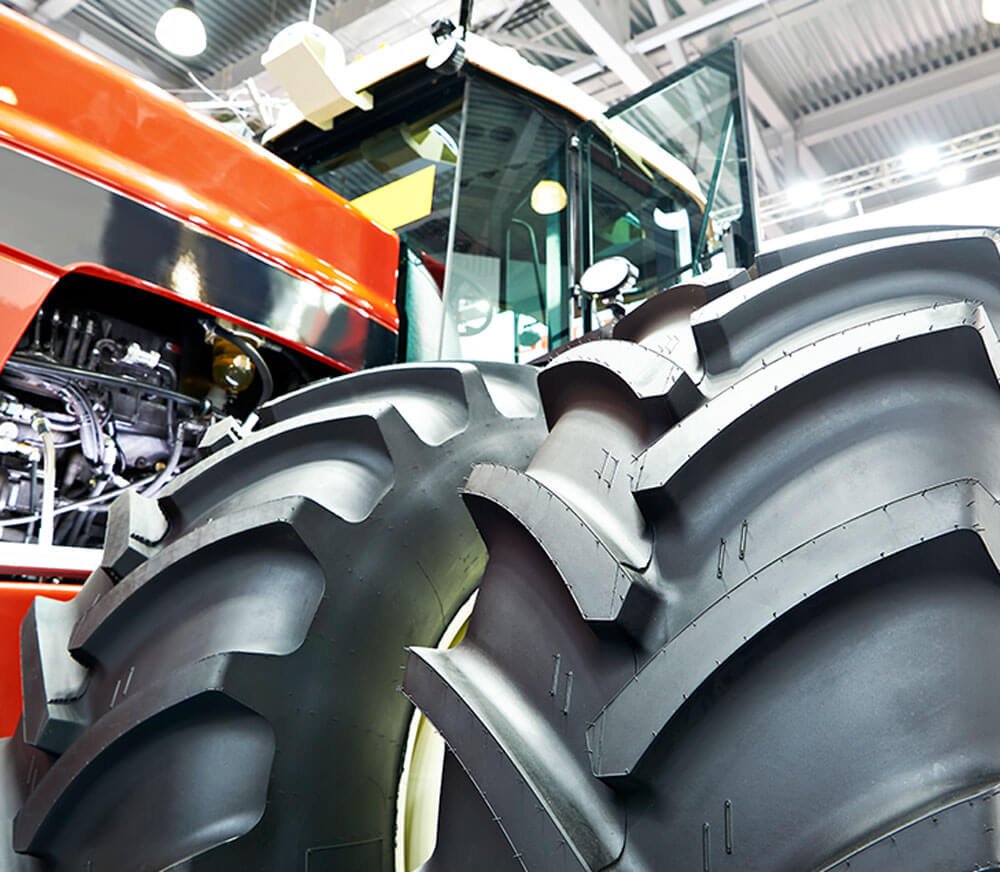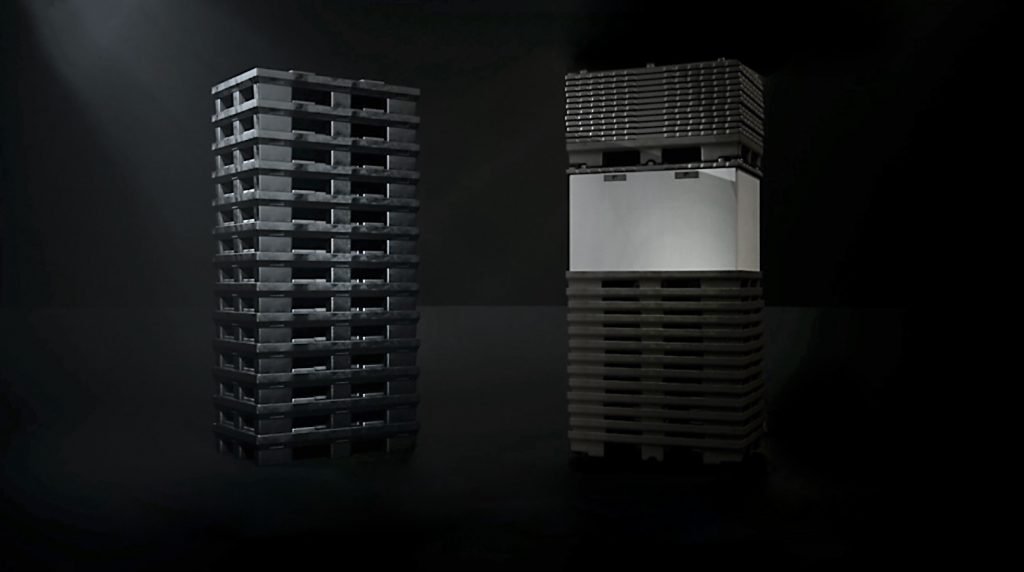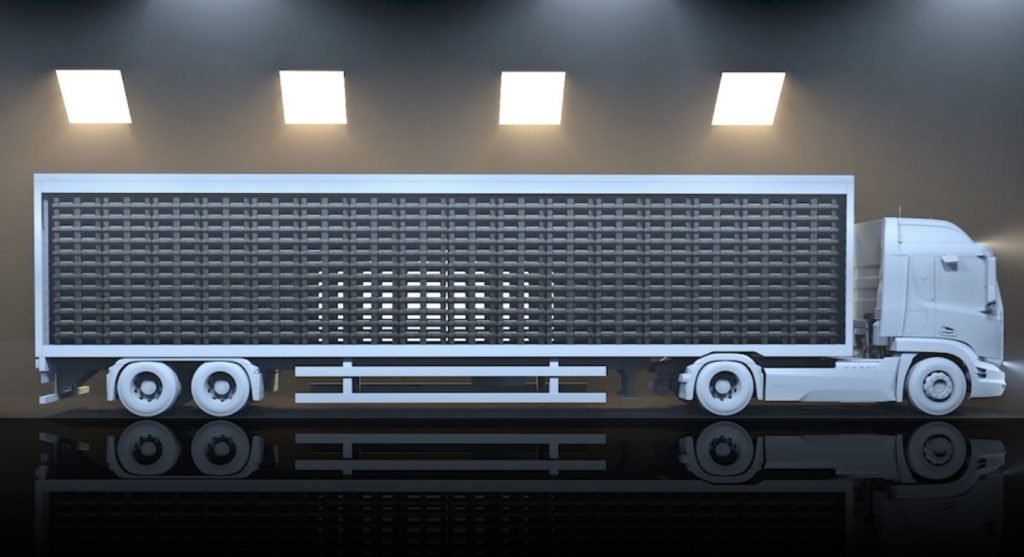- +49 6834 - 9210 - 0
- info@ktp-online.de
-
Find the right transport container now
Discover our innovative product solutions and packaging systems. Find the right container for your requirements.
Our container systems can be tailored to your needs with a wide range of equipment options. Discover now.
-
Carrier systems
The solution for the transport and storage of small stackable containers (VDA) and foam containers (EPP/EPE).
-
Inside packaging
Individual and customised – Numerous types of inner packaging can be integrated into KTP containers.
-
Specialised containers
Up to any challenge –
We develop and produce customised packaging solutions.
-
Solutions & Services
Excellent service is a matter of course for us – discover the KTP “all-round carefree package”.
We accompany you throughout the entire process: from the determination of requirements to the optimisation of the logistical process chain to after-sales service. We are here for you!
-
Industries
Discover the advantages of our systems and product variants for your area of application.

Automotive 
Industrial manufacturing 
Electronics 
Pharmaceutical & Health Care Industy 
Agricultural Technology 
Trade & Logistics Individual products
for your industryand your requirements.





